While museums and galleries are wonderful places to photograph, they can also be incredibly challenging due to the crowds and low light conditions. But almost every destination you visit will have a museum of some sort to photograph. Just follow these 7 tips for photographing museums and galleries to improve your photographs of these wonderful places.
Just follow these 7 tips for photographing museums and galleries to improve your photographs of these wonderful places.
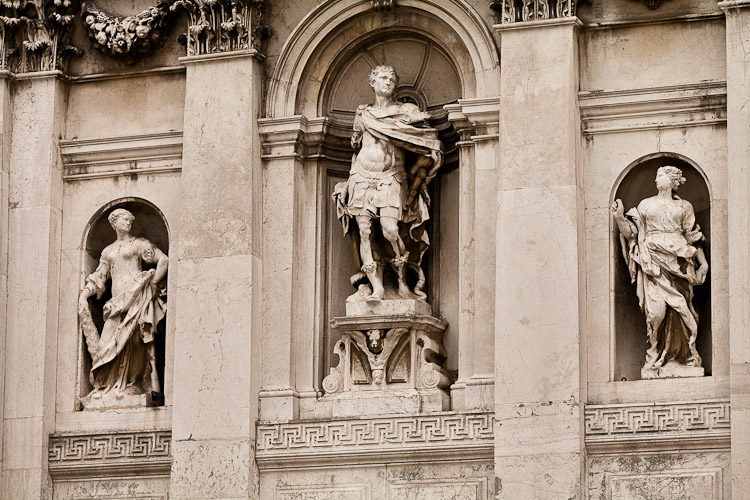
1. Check the rules
Needless to say, the first thing you should check is if you are allowed to actually photograph inside the museum and more specifically, which exhibits allow photography. Keep in mind that often photography isn’t allowed for safety reasons and also because the flash (UV light) can damage works of art. When I have an assignment that includes a museum or gallery I check the photography rules (often found on their website) beforehand to know exactly what is allowed. If you can’t find this information on their website then ask at the entrance.
The other important point to be fully aware of is that many museums and galleries house works that are subject to copyright, so although you may be able to photograph a painting, you will not be able to sell that image for commercial purposes (and sometimes even for editorial purposes you will require a licence from the museum).
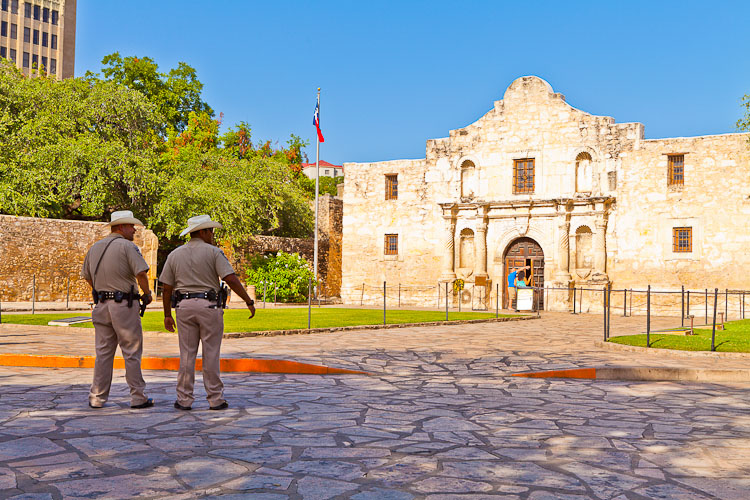
2. What are you hoping to convey?
It is easy to try and photograph every exhibit, but let’s be honest; most people would get bored after just a few photos of a museum. Don’t try and document everything, instead, really think about what you are trying to convey to the viewer.
Are you showing the main hall with all of its hustle and bustle? Are you trying to show a single ornate piece? Every museum is different and thinking about the key attributes can help your photographic narrative. So instead of trying to photograph everything, think about two or three key shots that showcase the venue and its exhibits.
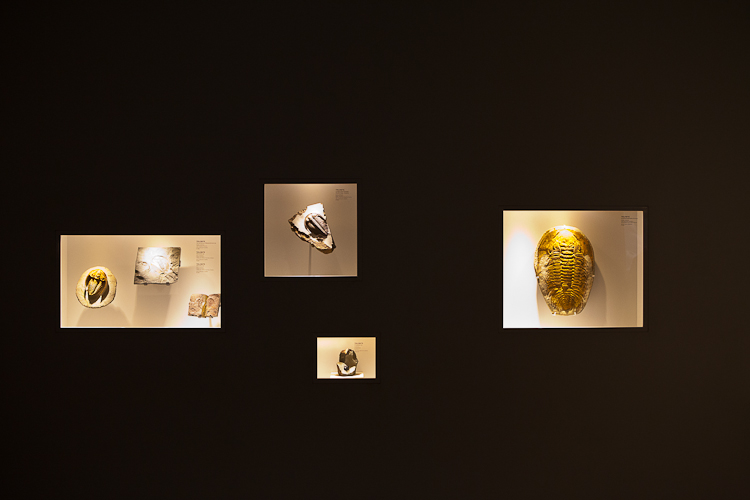
3. Don’t forget the building
Museums and galleries are often teeming with incredible works of art or historical pieces and it’s easy to forget that they are also often housed in some of the most amazing buildings in the world. Think of The Louvre in Paris, the Natural History Museum in London or the Guggenheim in New York. The buildings are as much a part of the experience as the attractions inside, so it pays to actually give attention to the building itself and spend time capturing it as well.
If you do a little bit of research on the building you may find that there are specific elements that are of cultural or historical importance. These small details are often missed by people who try to head towards the main exhibits.
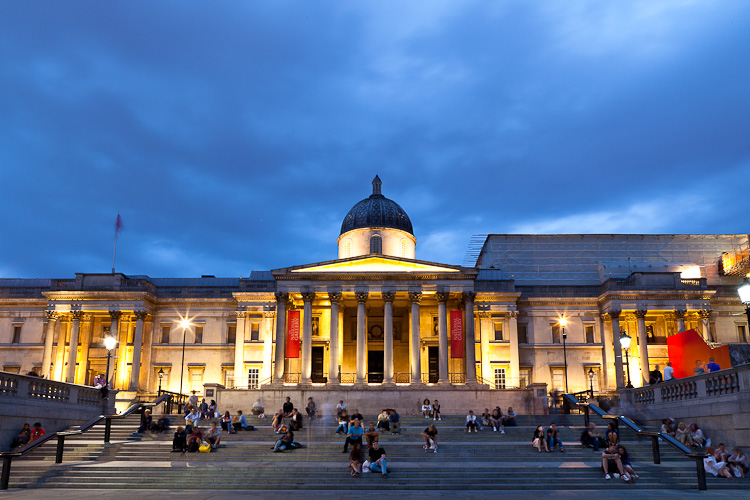
4. Get close to the glass
If you are looking to photograph a display which is behind glass, you will often notice that you will end up with reflections in your final image. In fact, this is one of the common questions I get asked and there is a simple solution.
First, turn off your flash, as it will bounce off the glass and just make a white glow somewhere on the image. Next, you need to either invest in a lens hood or if you already have one put it on your lens. A rubber lens hood is great for these situations as it can rest tightly on the glass and doesn’t slip. You then need to get as close to the glass as possible (even resting on it if you are allowed). This will ensure that your image will avoid reflections.
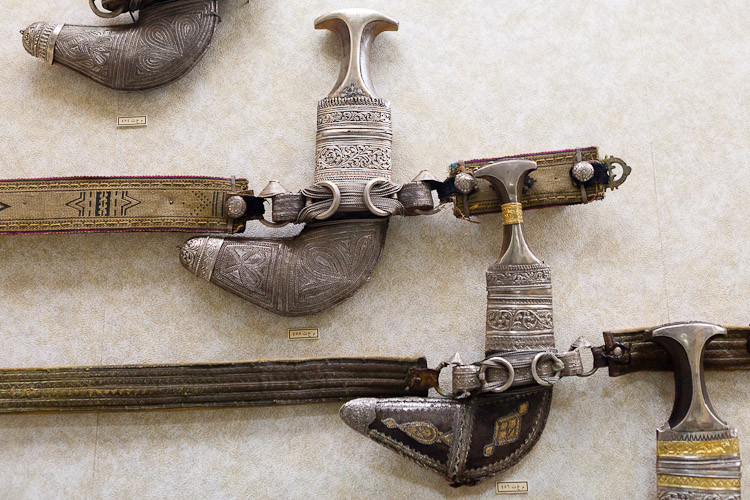
5. Not enough light?
These venues are sometimes kept dark for added ambiance (and sometimes to preserve the works) but this means that you would not be able to use your usual shutter speed at low ISO settings. If you find that your pictures are blurred in these situations, it is usually because your shutter speed is too slow. The only way to counter this – without the aid of a tripod, which is often not allowed – is to either rest your camera on something like a table or a bench or raise your ISO setting.
The amount you raise your ISO will be determined by how dark your scene is and how steady you can hold a camera. Some might get away with a shutter speed of 1/60th of a second, whereas to be sure my images are sharp, I tend to aim for around 1/100th. The other thing to consider is how capable your camera is at the high ISO settings. Camera technology has come a long way and most cameras can now go to very high ISO settings without causing too much noise in the image.
To be sure, you need to test your camera before you are in that situation. Set up a scenario at home where you dim the lights and test your camera at the different ISO settings. Then examine the results on the computer. You’ll have a pretty good idea after this of your camera’s limitations and abilities.
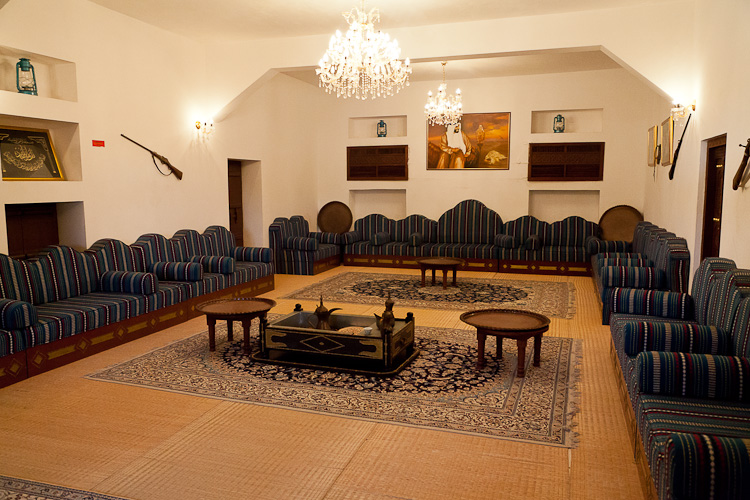
6. Be creative
Say the words “natural history museum” to anyone and most people will automatically think dinosaur bones. Photographers have to find a way to showcase what people have already seen thousands of times but find a different view or perspective.
Museums and galleries are no different, so try to look beyond just the usual setup of photographing an exhibit. How can you make it different? This may not always be possible but with a bit of creativity you should be able to find original new ways of showcasing the obvious.
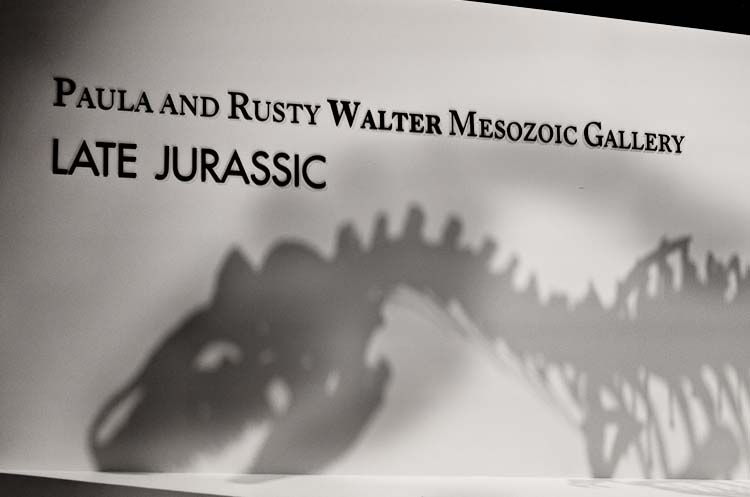
7. Research and patience
One of the main issues when photographing museums and galleries is how to avoid the crowds. After all, these are tourist destinations and as such will be busy the majority of the time. The first way to avoid this is to go during times when it is less likely to be busy. For example, galleries and museums will be busier on school holidays and weekends.
But there’s more to it than that, and with a little bit of research, you can find pockets of time where it will be quiet. For example, Hagia Sofia in Istanbul is busy for most of the day, but between around 12:00 pm – 1:30 pm it is much quieter. This is because all of the tour groups are usually having lunch. Talking to locals can sometimes give you this sort of information.
Even in the busiest of venues, if you are patient enough, you will eventually find a gap in the flow of traffic. That will mean you can capture the shot you want, but you need to allow yourself enough time and also be willing to be patient and wait for it.
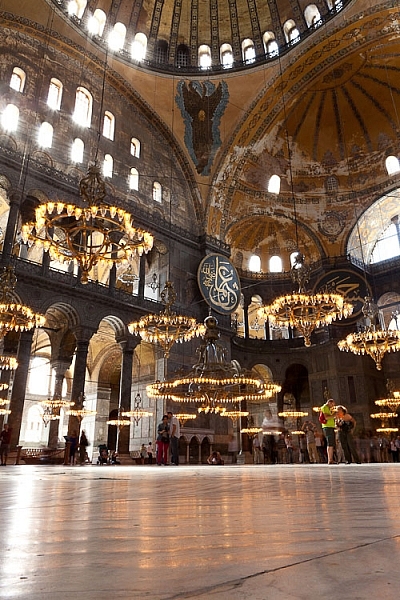
Conclusion
Museum and galleries are some of the most important sights at any destination and as such, they should be on every photographer’s shot list. Capturing great photos of the exhibits shouldn’t be difficult. With the right approach and some creativity you can capture unique images. Just don’t forget to check the rules!
Any more tips? Share yours below.
The post 7 Tips For Photographing Museums and Galleries by Kav Dadfar appeared first on Digital Photography School.
from Digital Photography School http://digital-photography-school.com/7-tips-photographing-museums-galleries/
No comments:
Post a Comment